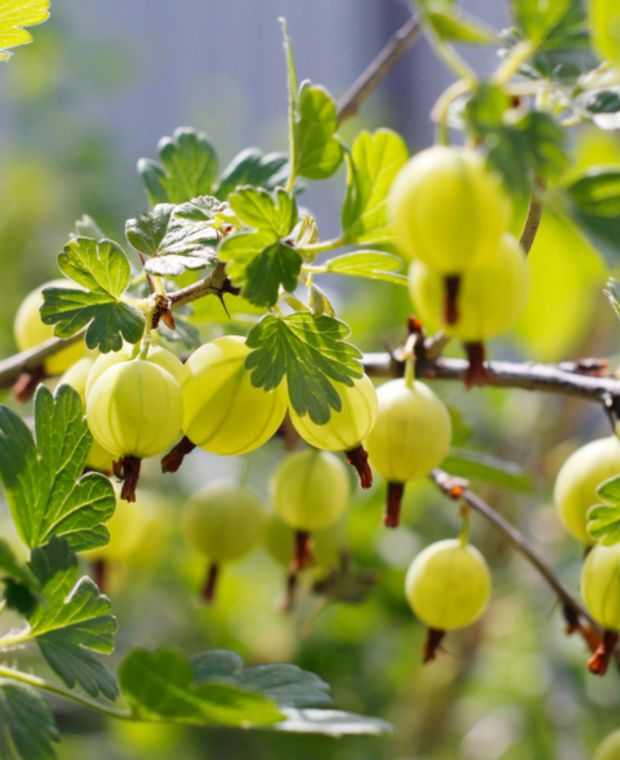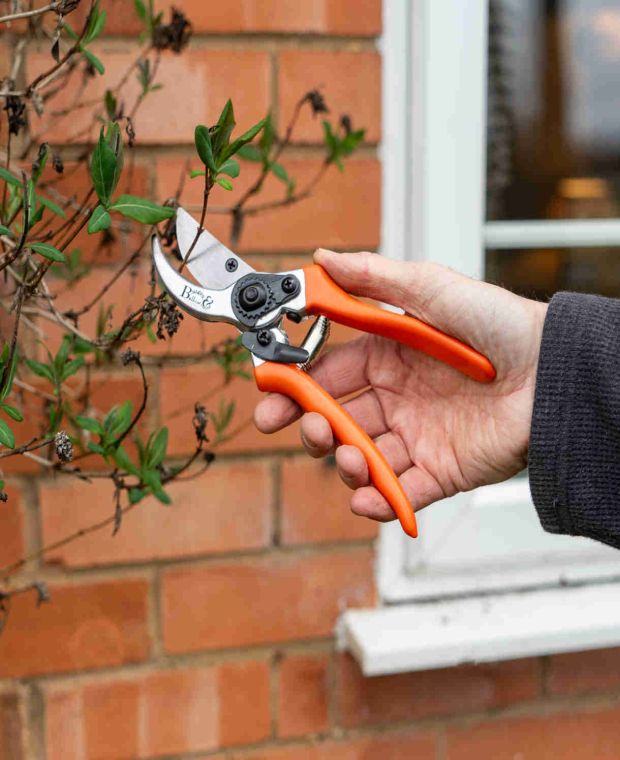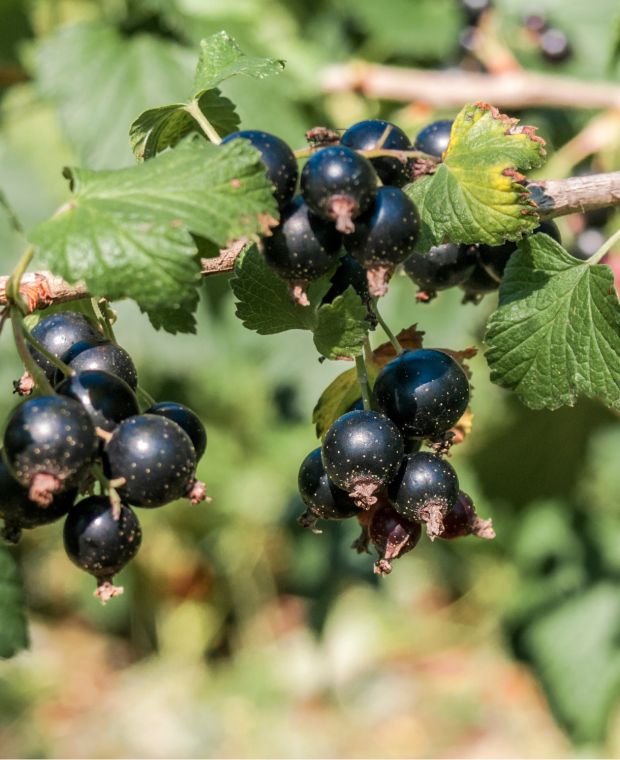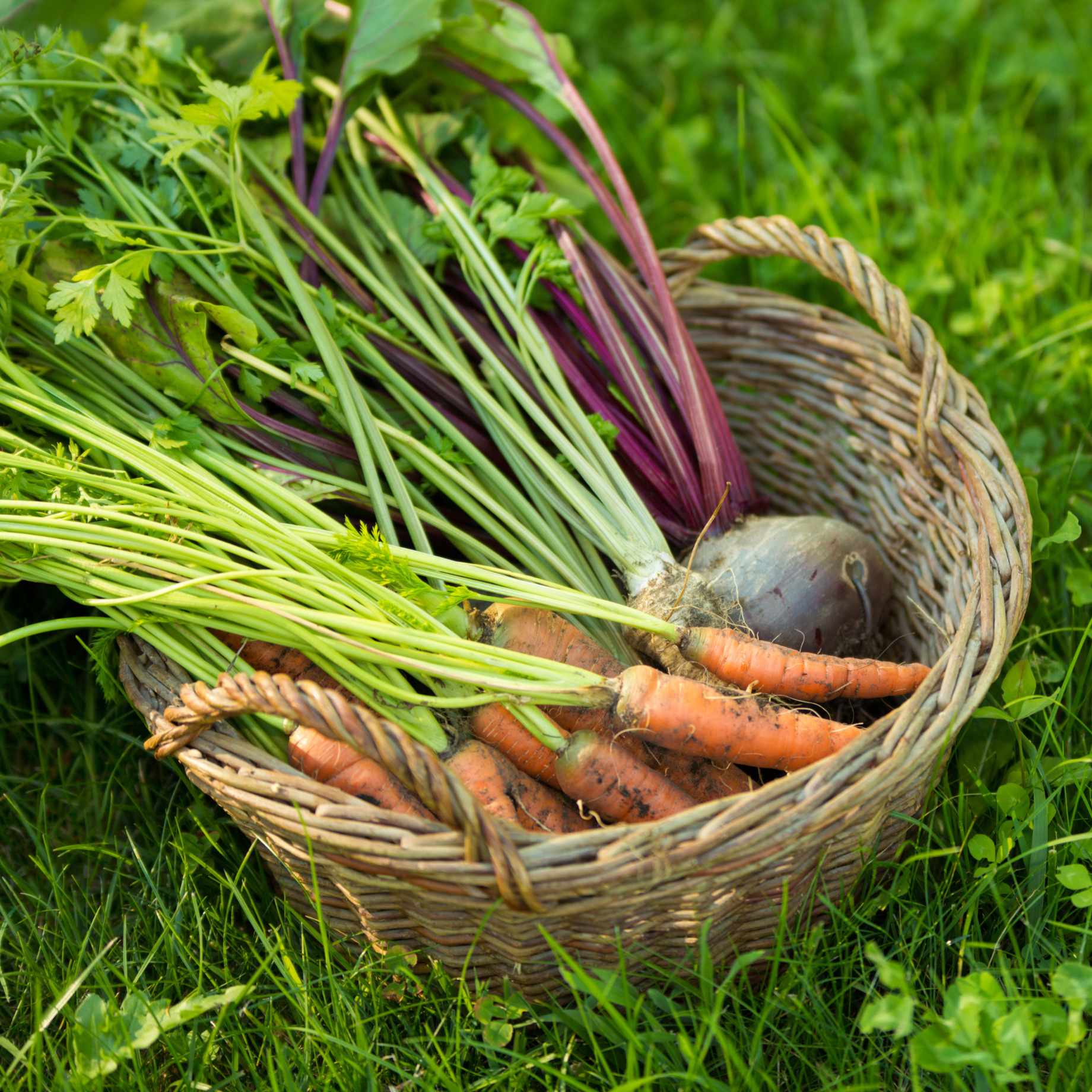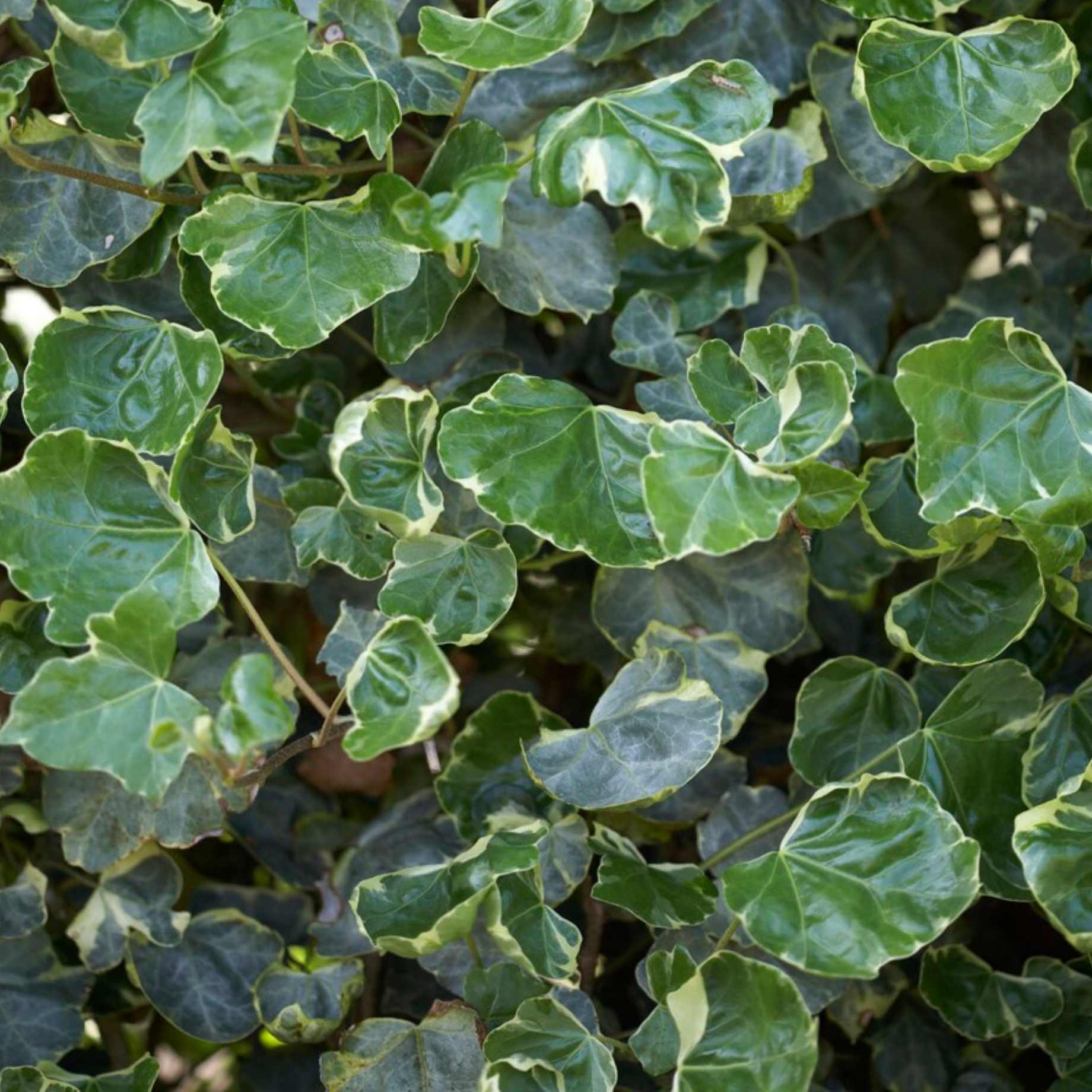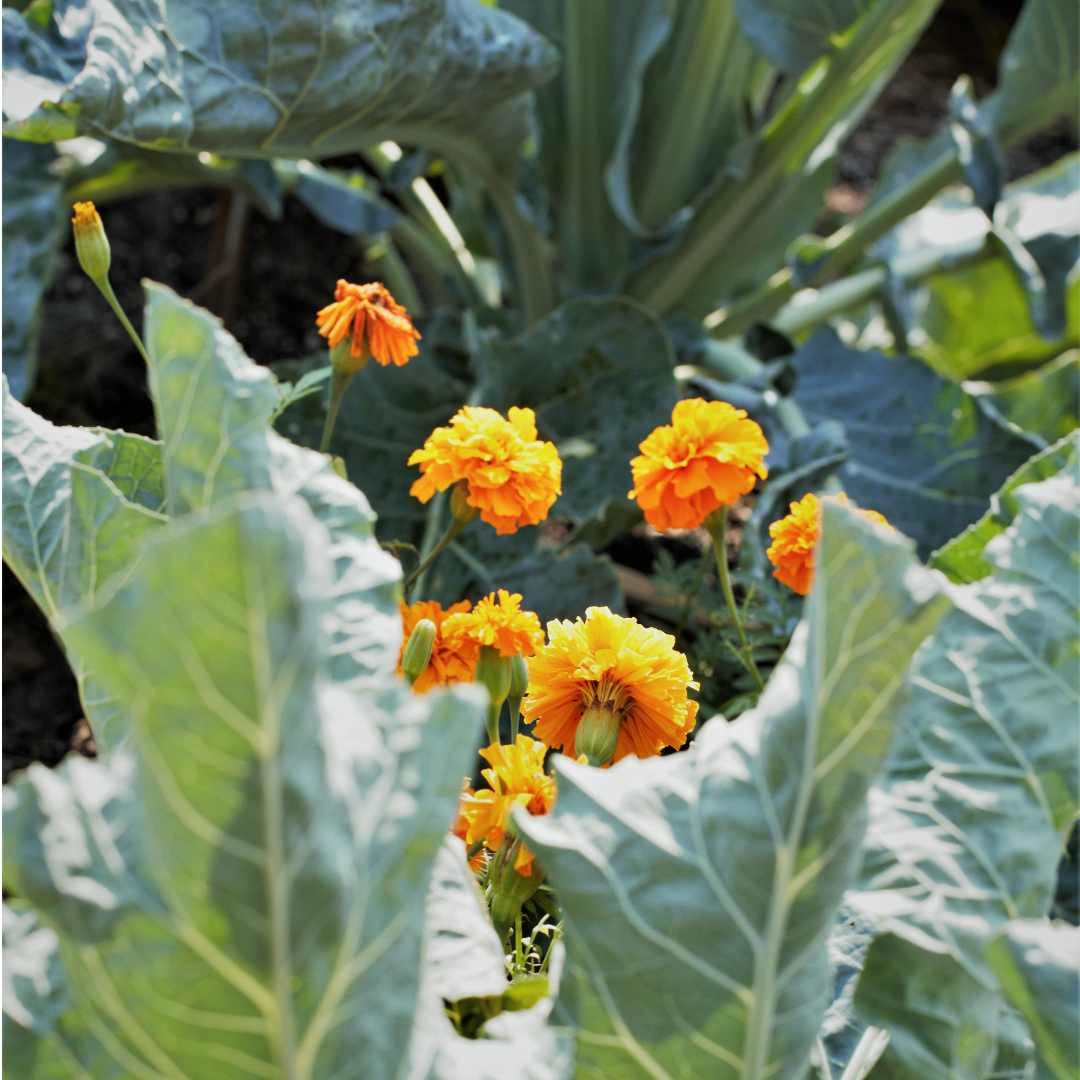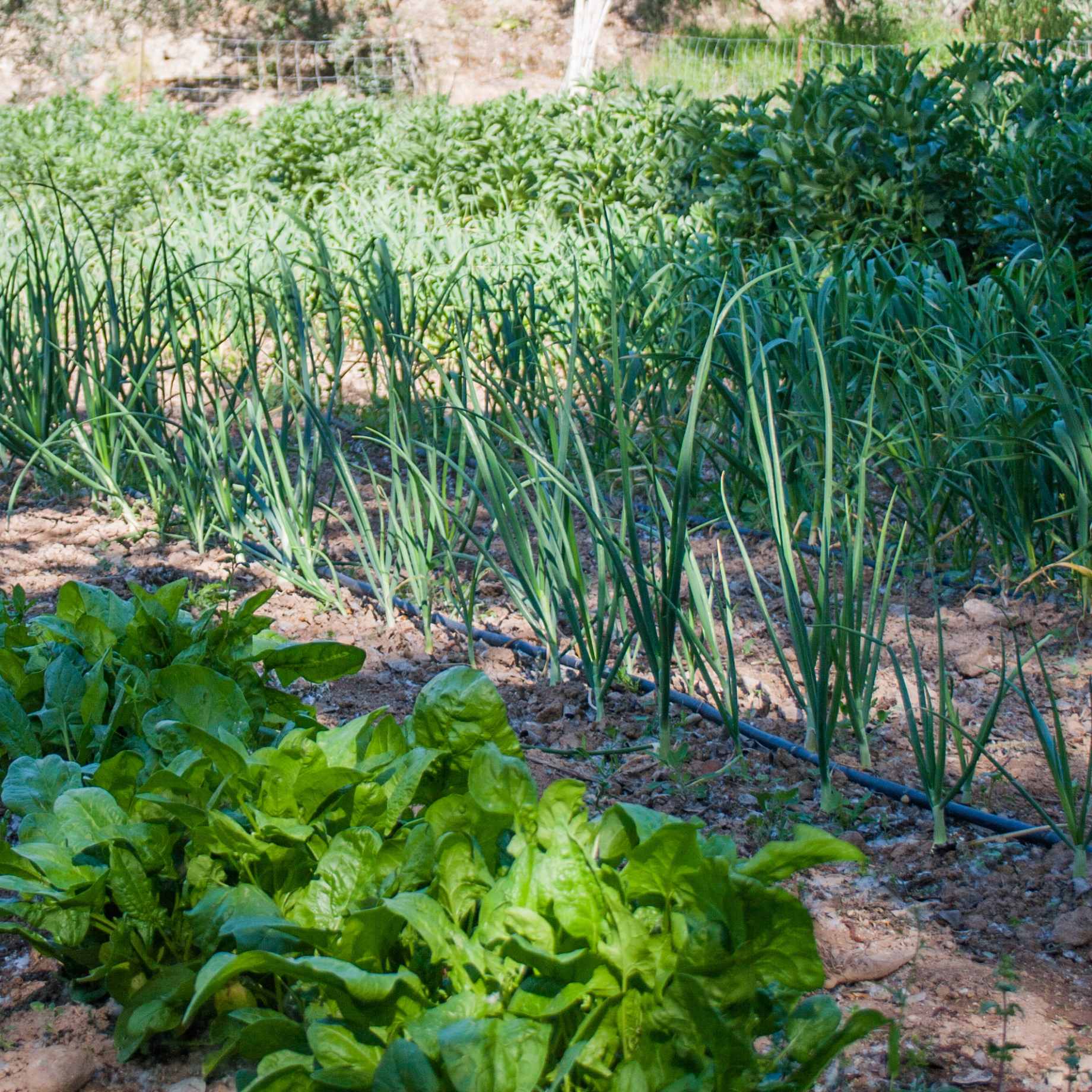Tell Me More…
Easy to grow gooseberries, eat straight from the bush. ‘Hinnonmaki’ gooseberry plants have been specifically bred for exceptional hardiness, vigour and disease and mildew resistance – making for a reliable, satisfying crop year after year. In March and April, pretty flowers are produced, then the fruits develop in abundance from early summer, ripening from July onwards when they are ready to be picked. This duo is comprised of both ‘Green’ and ‘Red’ varieties – which ripen and shine like jewels from July onwards. With a neat habit, Ribes uva-crispa ‘Hinnonmaki’ are self-fertile, making them ideal for more compact spaces. Reaching a maximum height and spread of around 1.5m, they prefer to be grown in full sun or light shade, on neutral, free-draining, fertile soil. Gooseberry plants produce fruit on last year’s growth, so expect a good harvest the second year after planting. Prune lightly in late winter, aiming for an open shape, and removing any unwanted suckers from the base. Given a
Flower and Foliage Months
Jan
Feb
Mar
Apr
May
Jun
Jul
Aug
Sep
Oct
Nov
Dec
Foliage Month
Flowering Month
Key Information
| Included In this Collection | Ribes uva-crispa Hinnonmaki Red (Red gooseberry) 9cm Pot | Ribes uva-crispa Hinnonmaki Green (gooseberry) 9cm pot |
|---|---|---|
| Latin Name | Ribes uva-crispa Hinnonmaki Red (Red gooseberry) 9cm Pot | |
| Common Name | Gooseberry | |
| Hardiness | H6 (-15 to -20°C) | |
| Colour | White | |
| Type | Shrub | |
| Format | 9cm Pots | |
| Position | Full-Sun, Part-Shade, Part-Sun | |
| Foliage | Deciduous | |
| Height in Maturity (m) | 1.50 | |
| Spread in Maturity (m) | 1.50 | |
| Soil Conditions | Chalk Loam Sand | |
| Soil Acidity | Neutral | |
| Aspect | East-facing, South-facing, West-facing | |
| Good for pots | Yes | |
| Good for wildlife | Yes | |
| Good for pollinators | Yes |

